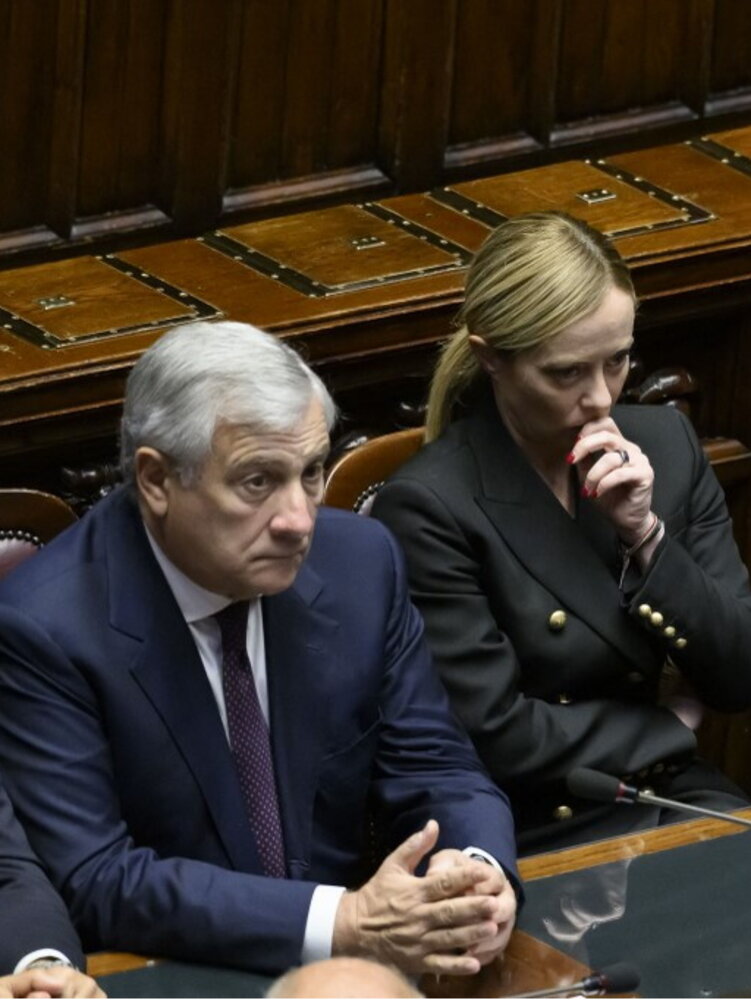On the occasion of the “Boa Giro” of the legislature, when exactly two years and six months have passed since the political elections of 25 September 2022, the Supermedia Survey is useful for making a “mid-terre” balance so to speak. Also because – and this is now not new – compared to the past weeks the variations that are recorded are really minimal. This week, in fact, in fact, Brothers of Italy It is confirmed as the first party, little below 30%, followed almost 7 points away from Democratic Party, a breath of 23%.
From a general point of view, it is observed as not only Fdi, but also and above all the other center -right parties (Lega and Forza Italia) are close to their highest values recorded in recent months. Overall, the government coalition thus touches 49% of the consents, a threshold that has been exceeded only twice (and both at the beginning of 2025 from the beginning of the legislature).
At first glance, however, the opposition area also seems to record the best data in recent months compared to the beginning of the legislature. The reason for this optical illusion is that the figure of the center -left in “restricted” format is actually improved (ie the coalition built around the PD to the Policies 2022) which went from about 25% of the first year and a half of the legislature to just over 30% following the European 2024. But this improvement (which happened essentially thanks to the growth of the Democratic Party and Green-left alliance Compared to the first phase of the legislature) it took place at the expense of two other forces/opposition areas: that of the 5 Star Movement and that of the former third pole, which they lost on the street, on average, respectively 5 and 2 points in the same time span.
Overall, even making comparisons with a past not too recent, the current legislature appears far as the less “lively” one For many years now. Without bothering us to check what happened in the last legislature after two and a half years from the elections (a government crisis, a new executive and a pandemic), just see what had happened in the previous one (started with the policies of February 2013) or in the one even before (started in the spring of 2008). In all these cases, after two and a half years, the political framework and force relationships between the parties had profoundly transformed compared to the beginning of the legislature.
It is necessary to go back to the period 2001-2003 (jumping in Pie ‘equal the legislature that began in 2006, which interrupted before turning two) to find a previous analogue to what we are experiencing today in terms of stability of the political/institutional framework and consent to the parties: over twenty years ago. Another aspect – and, in some ways, a direct consequence – of this stability in strength relationships is also the substantial immutability in the composition of parliamentary groups. Since there are no bond of loyalty with respect to the belonging to the group that you choose at the beginning of the legislature, in fact, the parliamentarians have often created “variable geometries“During past legislatures, through mergers or – more frequently – splitting of pre -existing groups. A dynamic that has meant that the number of so -called” changes of jacket “touched new records year after year, especially in the most lively periods.
Exactly two years and six months have passed since the political elections of 25 September 2022 and therefore we are at the Boa tour of the XIX Legislature.
In these two years and six months in Parliament, the center -right elected have increased: specifically, nine parliamentarians have passed … pic.twitter.com/e1tJisQN5D
— Youtrend (@you_trend)
March 25, 2025
